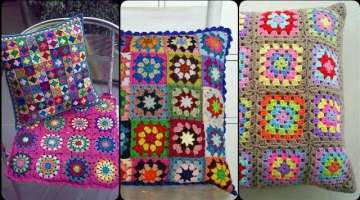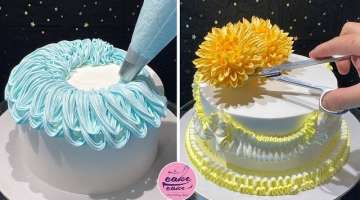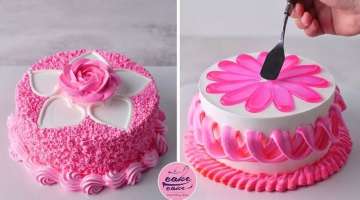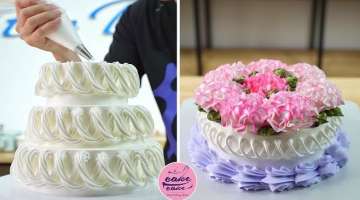How to Make a Pattern Basis for Your Model
The material was published in the supplement to the magazine Rabotnitsa No. 6 for 1985 (all photos in the article are clicked on by click)
- 1 | 14

Hand knitwear is very elastic: it can be easily fitted, perfectly suited, getting the right shape, if necessary it can be stretched. Therefore, patterns for jersey are much simpler than those for which they sew. We offer drawings of patterns for women’s, men’s and women’s clothing. The first is accompanied by a detailed description of the construction. Drawings of patterns for men and children’s clothes are given without explanatory text, since they are constructed similarly.
- 2 | 14

Pattern-base is like a shell of that particular figure (from the base of the neck to the line of the thighs) for which it is made. On this pattern there is no cut either in front or behind, there are no lines creating a style, the neckline cuts along the base of the neck. If you link the model to a pattern-based, it will fit the shape without wrinkles and creases.
- 3 | 14

When making clothes of a certain style, first build a pattern-base (it is done on half of the figure), then on it draw lines, outline the clasp, pockets, cuffs, and then it is called a workpiece – it produces a specific model. For the working pattern it is necessary to draw a fully back and sleeve. If a thing is to be worn over the head, then before too it is necessary to draw completely.
- 4 | 14

When constructing a pattern-base, allowance is made for the freedom required to fit around. The size of it is not the same and depends on the cut of clothing, the thickness and structure of the knitted fabric, and also on the quality of the yarn. For example, a product bound from a mohair thread is too stretched in width, so for it it is necessary to give an allowance of less than 1-2 cm, by the way, as well as for clothes made with loose or openwork patterns.
- 5 | 14

Allowance for freedom of fit for women’s, men’s and children’s knitwear (the size of the allowance is given for half the figure):
- 6 | 14

Drawing of a drawing of a pattern-basis with vtachnymi sleeves for the female figure of 48th size.
- 7 | 14

We use the following measurements for building (you also put your own – the measurements are taken in the same way as when sewing):
- 8 | 14

The size of the chest tuck solution is 4 cm (in knitted clothes this value corresponds approximately to the bra number).
- 9 | 14

Before you start drawing a pattern, see the table. It will help you quickly make the calculations needed to build.
- 10 | 14

In the first column of the table, the dimensions of the model (that is, the measurement of the circumference of the breast – Og) are given, beginning from the 28th and ending with the 62nd size. For each of the following columns, the results of calculations performed, which can be found in the drawing, are given. Let’s say your size is 48th. Find the figure 48, then the figures 24, 16, 12 and 6. Next, if you need to use the calculation of Og: 3 for the drawing, then you will see the finished result in the column under this calculation – this is 16 cm.
- 11 | 14

Mark the point A in the upper left corner, set 51 cm = Og + 3 cm horizontally to it to the right and put a B. B. 3 cm – allowance for freedom of fit. The segment AB is the line of the neck. From point A downwards vertically, set A = 40 cm (by measurement) and on the extension – the distance from the waist line to the hip line is 20 cm (by measurement), only 60 cm. This vertical line is the midline of the back. Now complete the rectangle with sides 51 and 60 cm. The vertical line, located opposite the middle of the back, is the midline line, the bottom line of the rectangle is the thigh line.
- 12 | 14

A point of 40 cm on the middle of the back connect the horizontal line with the middle of the transmission – this is the waist line. On the line of the middle of the backrest downward from point A measure 21 cm – the depth of the armhole. Find this value according to the following calculation: (Og: 3) + 5 cm = 21 cm. Connect the 21 centimeter point with the horizontal line to the middle of the transmission – the breast line. On it from the middle of the back, put 25 cm = (O2: 2) + 1 cm or from the middle of the transmission 26 cm (O2: 2) + 2 cm and downwards from this point, lower the perpendicular to the line of the hips – the line of the lateral seam.
- 13 | 14

For figures of more than 54th size, you can not determine the depth of the armhole according to the calculation (Og: 3) + 5 cm, because the armhole is too deep. Do it in such cases no more than 22-23 cm (with too full hands to 24 cm).
- 14 | 14

From the neckline from point A measure the width of the neck of the back, equal to Osh: 3 = 6 cm. Up from the point 6 cm, set aside 2 cm – the height of the neck. Connect the new point with a concave line to point A (the line of the nape). Note. For figures with fat deposits on the neck from the back, make the width and height of the neck of the back more than 1 cm.



















